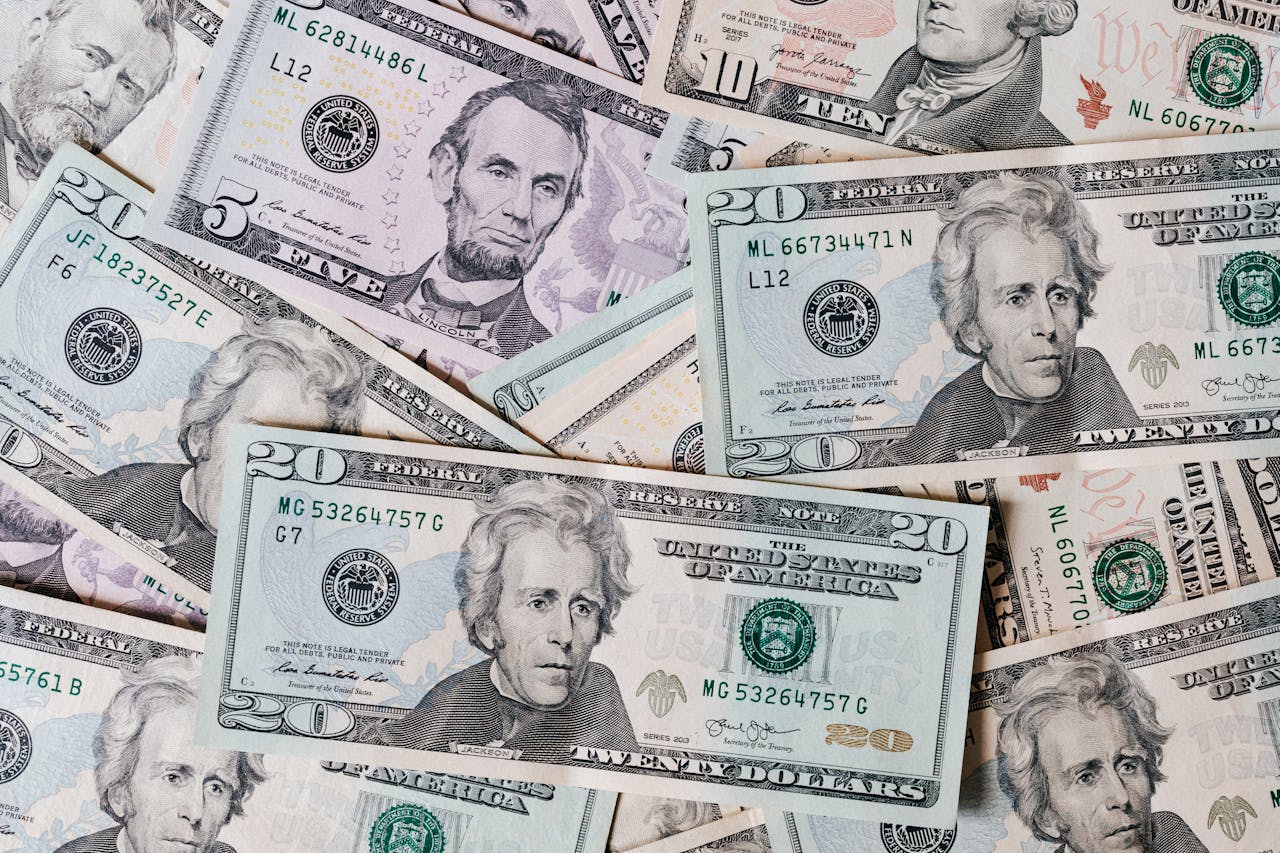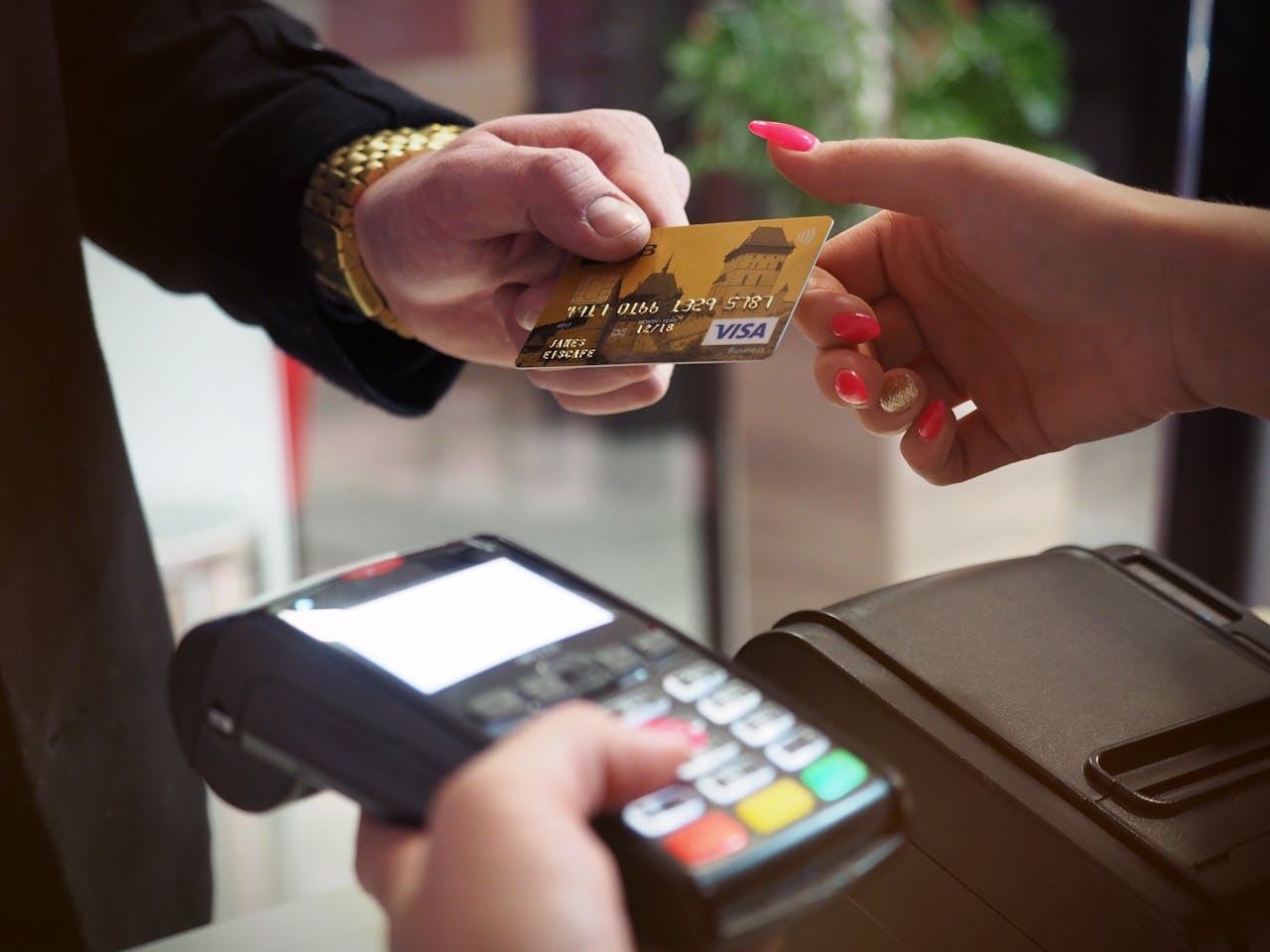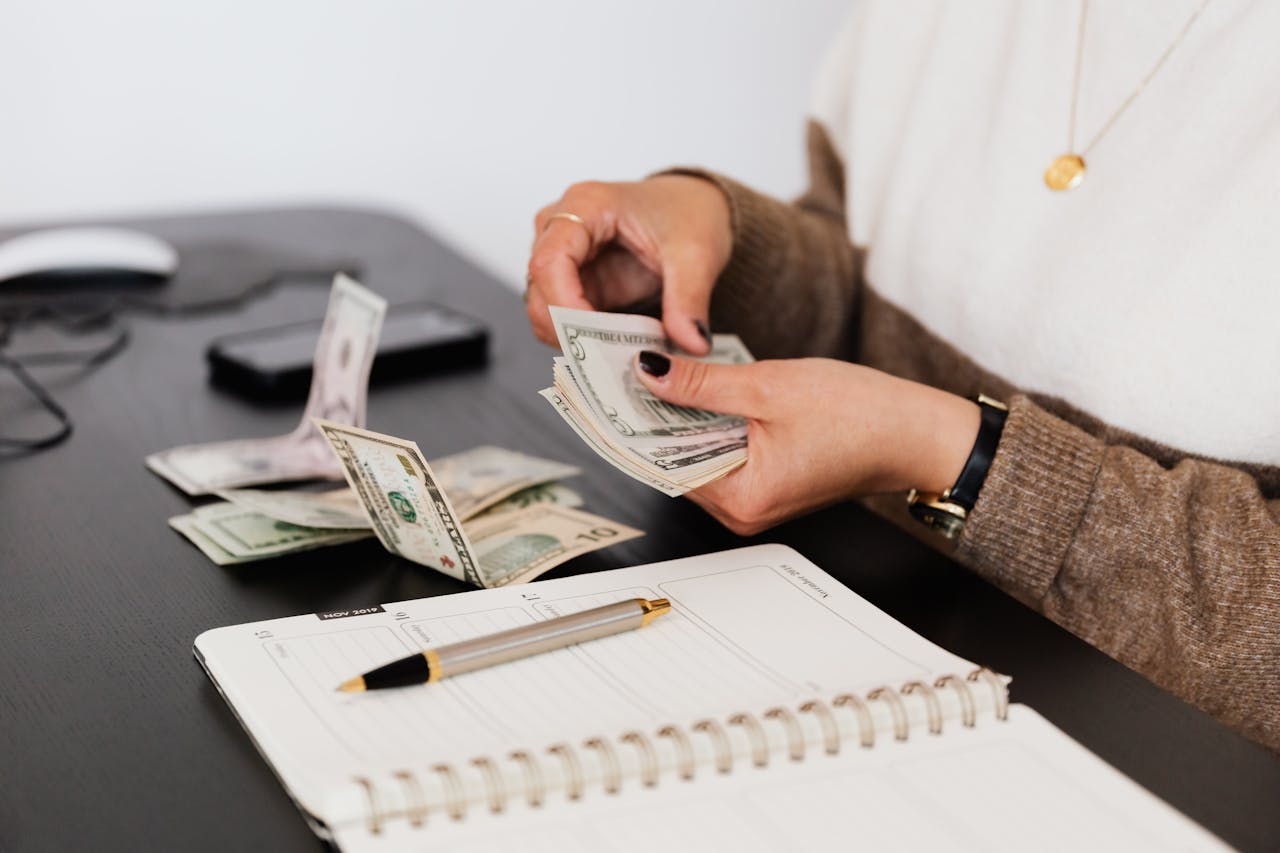Receiving a tax refund can feel like a financial windfall, but it’s important to use that money wisely to make the most of it. Whether your goal is to pay off debt, build savings, or treat yourself, having a plan can ensure your refund works for you. Here are some strategies to help you maximize the value of your tax refund and set yourself up for future financial success.
Pay Off High-Interest Debt
One of the best ways to use your tax refund is to pay down high-interest debt, such as credit card balances or payday loans. High-interest debt can drain your finances, costing you significantly more over time. Using your refund to reduce or eliminate these debts saves you from future interest payments and frees up room in your budget.
How to Use Your Refund Effectively:
- Focus on paying off debts with the highest interest rates first.
- If possible, clear one credit card balance completely to reduce the number of monthly payments.
- Apply your refund as an extra payment toward loans, such as auto or student loans.
Reducing high-interest debt improves your financial situation and can boost your credit score over time.
Build or Replenish Your Emergency Fund
If you don’t have an emergency fund—or if yours is running low—use your tax refund to build a financial safety net. Having savings for unexpected expenses prevents you from relying on credit cards or loans when emergencies arise.
How to Start or Grow Your Emergency Fund:
- Aim to save at least three to six months of essential expenses.
- Open a high-yield savings account to earn interest on your emergency savings.
- Set up automatic transfers to continue growing your fund over time.
Even setting aside part of your refund can make a big difference if an emergency arises.
Contribute to Retirement Savings
Investing part of your tax refund into retirement savings ensures long-term financial security. You can increase your retirement contributions without affecting your monthly budget, giving your savings a boost with no immediate impact.
Where to Contribute Your Refund:
- IRA or Roth IRA: Depending on your income, these accounts offer tax benefits and long-term growth.
- Employer-sponsored 401(k): If you haven’t maxed out your contributions for the year, use your refund to make additional deposits.
- Health Savings Account (HSA): If you have a high-deductible health plan, contributing to an HSA offers both retirement and healthcare savings.
Contributions to these accounts grow over time, helping you prepare for the future while taking advantage of tax benefits.
Start or Boost a Sinking Fund
A sinking fund is money set aside for upcoming expenses, such as vacations, home repairs, or car maintenance. Using part of your tax refund to start or grow a sinking fund helps you plan ahead and avoid financial stress.
Ideas for Sinking Funds:
- Home improvements: Save for a new roof, appliances, or other repairs.
- Vacation fund: Plan ahead for future travel without relying on credit.
- Car maintenance: Cover regular maintenance or unexpected repairs.
Allocating money to a sinking fund ensures you’re financially prepared for upcoming expenses.
Invest in Yourself
Using your refund to invest in personal development can pay off in the long run by boosting your skills or improving your health. Investing in education, certifications, or hobbies that advance your career or well-being is a great way to maximize your refund.
How to Invest in Yourself:
- Take a course to enhance your career skills or explore a new field.
- Join a gym or wellness program to improve your physical and mental health.
- Start a side business or hobby that can generate additional income.
Investing in personal growth sets you up for future success while adding long-term value to your life.
Save for a Big Purchase
If you’re planning a major purchase—like a new car, furniture, or electronics—using your tax refund as part of the payment can reduce the amount you need to finance. This can help you avoid high-interest loans and lower your monthly payments.
Tips for Using Your Refund on Big Purchases:
- Save your refund in a high-yield savings account until you’re ready to buy.
- Combine your refund with other savings to avoid financing entirely.
- Look for sales events or discounts to maximize your purchasing power.
By planning ahead, you can use your refund strategically to make large purchases more affordable.

Make Home Improvements
Home improvements not only enhance your living space but can also increase the value of your property. Using your tax refund to fund repairs or upgrades can be a smart way to invest in your home.
Ideas for Home Improvements:
- Upgrade appliances to more energy-efficient models.
- Improve curb appeal with landscaping or exterior upgrades.
- Tackle deferred maintenance, such as roof repairs or plumbing fixes.
Prioritize improvements that add value to your home or reduce future expenses, such as energy-saving upgrades.
Fund Your Child’s Education
If you have children, consider using your tax refund to contribute to their education savings. Investing in their future now can reduce financial stress later when tuition and school-related expenses arise.
Education Savings Options:
- 529 College Savings Plan: Earnings grow tax-free, and withdrawals for qualified expenses are tax-exempt.
- Coverdell Education Savings Account: Save for elementary, secondary, or higher education expenses.
- Savings for extracurricular activities: Use part of your refund for sports, music lessons, or summer programs.
Planning ahead for education ensures you’re better prepared for future expenses.
Donate to Charity
If you’re in a good financial position, using part of your tax refund to support a charitable cause can be a rewarding way to give back to your community. Many donations are also tax-deductible, providing additional benefits.
How to Maximize Charitable Giving:
- Research charities to ensure your donation has the greatest impact.
- Use your refund to make a one-time donation or set up monthly contributions.
- Check if your employer offers a donation matching program to double your impact.
Giving back not only supports a cause you care about but also contributes to personal fulfillment.
Treat Yourself Responsibly
It’s okay to use part of your tax refund to treat yourself, as long as it’s done mindfully. A small indulgence can be a great way to reward yourself after a year of hard work.
Ideas for Responsible Treats:
- Take a weekend getaway or enjoy a special meal.
- Buy something you’ve been wanting, like a book or hobby supplies.
- Set aside a small portion for fun activities, like concerts or events.
Balancing responsible spending with indulgences helps you enjoy your refund without derailing your financial goals.
Your tax refund presents a valuable opportunity to improve your financial health and make progress toward your goals. Whether you choose to pay off debt, build savings, invest in yourself, or make a big purchase, planning how to use your refund ensures that you get the most out of it.
By taking a thoughtful approach, you can enjoy both immediate rewards and long-term benefits from your refund, setting yourself up for future financial success.





